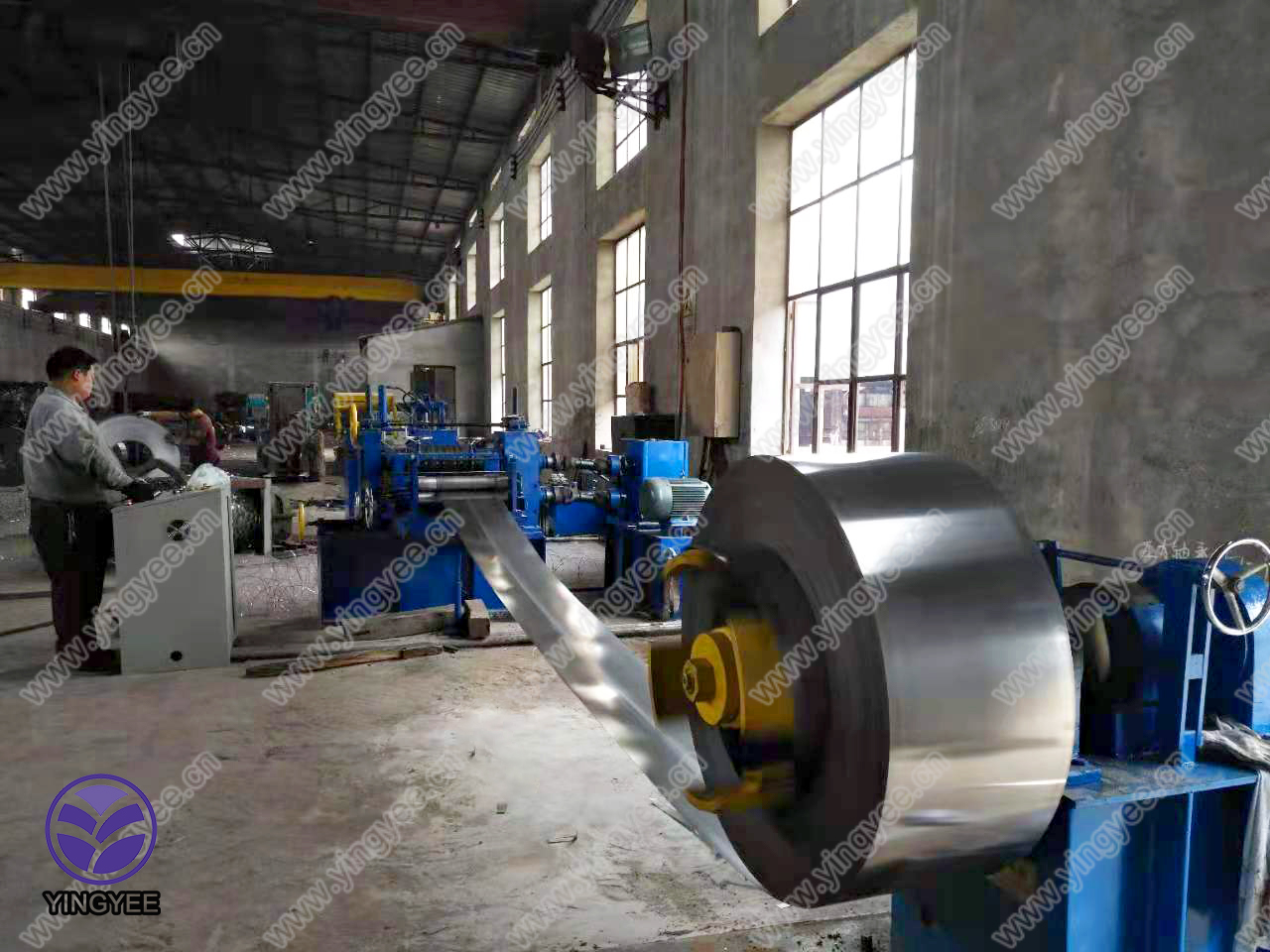
Understanding the Extrusion Machine A Vital Tool in Modern Manufacturing
The extrusion machine is a pivotal piece of equipment in the world of manufacturing, playing a central role in turning raw materials into useful products. This versatile machine processes a wide variety of materials, including metals, plastics, and food, making it indispensable in industries ranging from automotive to consumer goods.
At its core, an extrusion machine operates on a straightforward principle it forces material through a shaped die to create long, continuous shapes. The process begins with the material, often in pellet or granule form, being fed into the machine. As the material enters the extrusion chamber, it is heated and softened by a combination of temperature and pressure. The design of the extrusion machine allows for precise control over these parameters, which is crucial for achieving the desired consistency and quality of the final product.
Once the material is adequately heated, a rotating screw mechanism pushes it forward through the chamber. This screw not only transports the material but also mixes and homogenizes it, ensuring uniformity. The melt then reaches the die, which gives the extruded product its shape. Dies come in various geometries, allowing manufacturers to produce an extensive range of profiles, from simple rods and sheets to complex shapes tailored for specific applications.
One of the standout advantages of extrusion is its efficiency. The continuous nature of the process means that large quantities of product can be produced in a relatively short amount of time. Additionally, the ability to recycle scrap material within the same process reduces waste and underscores the extruding machine's economic viability. This aligns with a growing emphasis on sustainable production practices in today’s manufacturing landscape.

Extrusion technology has also evolved significantly over the years. Modern extrusion machines are often equipped with advanced control systems that allow for real-time monitoring of process parameters. This not only enhances operational efficiency but also ensures that the products meet stringent quality standards. Innovations such as co-extrusion, where two or more materials are extruded simultaneously, have further diversified the applications of extrusion, enabling the creation of multilayered products with enhanced functionalities.
In the realm of plastics, for instance, extrusion is essential for creating everything from packaging materials to piping systems. In the food industry, extrusion cooking transforms raw ingredients into ready-to-eat snacks or cereals by combining cooking and shaping into a single step. In metal processing, extrusion is utilized to manufacture components that are lightweight yet structurally strong, catering to the demands of the aerospace and automotive sectors.
Moreover, as industries look towards smarter manufacturing solutions, the integration of IoT (Internet of Things) technology with extrusion machines is on the rise. This trend allows for predictive maintenance, reducing downtime and ensuring that production processes remain seamless.
In conclusion, extrusion machines play an indispensable role in manufacturing, offering a unique combination of efficiency, versatility, and sustainability. As technology continues to advance, the capabilities of extrusion machines will likely expand, further solidifying their position as a cornerstone of modern industrial processes. Manufacturers that leverage the benefits of extrusion are poised to meet the evolving demands of various markets while maintaining competitive advantage in an increasingly globalized economy.